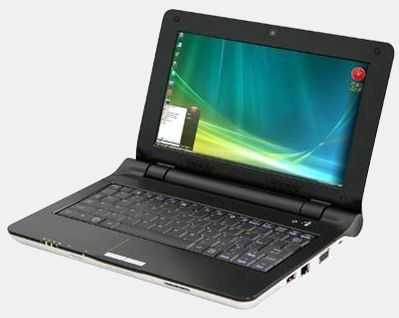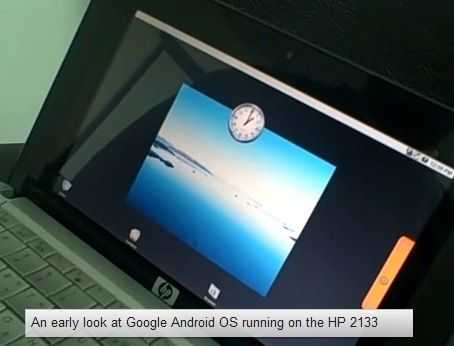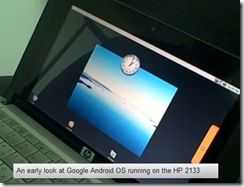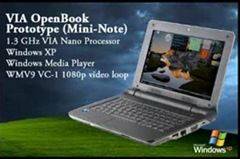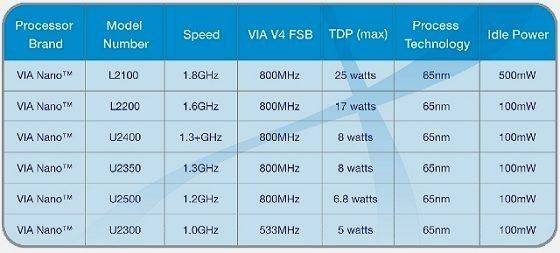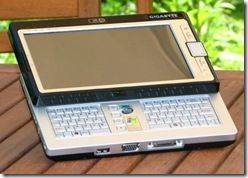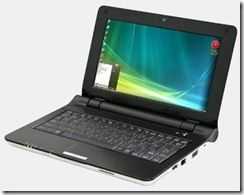 It’s been known for a while that VIA would likely air their first Nano-based products at CES and Lunch@Piero’s is their traditional venue. VIA confirmed all this in a post recently and so it didn’t take much to throw all the keywords together and come up with this product that will be launched on the 8th. Its the Dr Mobile Freestyle Mini, an 8.9" screen device that you will probably recognise as the VIA Openbook reference design.
It’s been known for a while that VIA would likely air their first Nano-based products at CES and Lunch@Piero’s is their traditional venue. VIA confirmed all this in a post recently and so it didn’t take much to throw all the keywords together and come up with this product that will be launched on the 8th. Its the Dr Mobile Freestyle Mini, an 8.9" screen device that you will probably recognise as the VIA Openbook reference design.
It uses the VIA Nano (clock unknown) with the VX800 chipset with integrated video decoding which is an advantage over the Intel netbook platform. You’ll be able to get this with 3G/Wimax options. Availability is ‘now’ according to the website but we suspect, that Dr Mobile has put this page up a few days too early!
Obviously there are going to be comments about the keyboard not being optimal, battery life (the 4-cell battery appears to be very low capacity for a netbook) and questions about the 3D performance (it should be a lot better than the old VX700 chipset as it uses a new engine) but as with most of these netbooks, it will come down to price and availability.
The most interesting aspect for ultra mobile fans is to find out what sort of power drain the VIA platform has. Could it be used in smaller form factor devices like 7" slates to enable a fast Windows 7-ready platform for pro-mobility users? Could we see low-cost UMPCs performing like the Q1 Ultra Premium? Fingers crossed for some quality hands-on soon.
Dr Mobile is here (where you’ll also find an interesting 11.6" mini laptop)
You can find out more about the VIA Openbook through this page.

